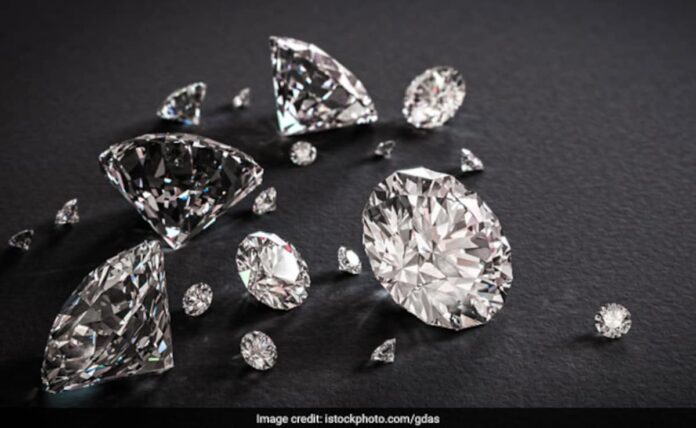A downside, though, is that it will cost approximately $200 trillion.
As the climate crisis deepens, scientists have been pondering ways to cool the planet. A new study proposes to spray millions of tonnes of diamond dust in the Earth’s upper atmosphere every year to cool it down. The study, published in Geophysical Research Letters journal, was conducted by a multi-institutional team of climatologists, meteorologists and Earth scientists. The team found evidence based on 3D climate models that compared aerosols that may be utilised to cool the planet.
Prior studies suggested that Earth was at or nearing its tipping point, causing significant changes to global weather patterns. With time, the planet will continue to grow warmer.
Experts, therefore, have argued the only solution to this issue is cooling the planet. Among other suggestions, scientists have also advised deploying millions of devices to pull carbon from the air that could later be sequestered.
However, a problem with this idea is that if the Earth has already reached its tipping point, simply removing carbon from the air won’t help. Scientists will have to look out for ways to not just put a brake on warming but also to actively cool down the planet, Phys.org reported.
The latest proposed solution is injecting aerosols into the atmosphere. It will reflect heat and sunlight into the space.
To find a solution, the team of researchers in their latest study tried to look for material that could best serve as the best medium to cool the planet.
For this, they came up with the idea of building a 3D climate model, showing the impact of spreading aerosols into the atmosphere. This also included effects of different aerosols such as light and heat reflection, meaning how it would eventually settle to the ground and whether these aerosols would clump together in the atmosphere, thereby retaining more heat.
In their study, the team modeled the impact on the Earth of injections of calcite, silicon carbide, diamond, aluminum, anatase, rutile and sulfur dioxide.
Ultimately, they concluded that diamond dust was the best option because its particles go on to reflect the most light and heat, besides staying aloft for a longer duration. Another positive side of it is that since they are chemically inert, they may not react to form acid rain.
In their study, the researchers found that the Earth could be cooled down by at least 1.6 degree Celsius in 45 years if 5 million tons of synthetic diamond dust is injected into the atmosphere. A downside, though, is that it will cost approximately $200 trillion.




